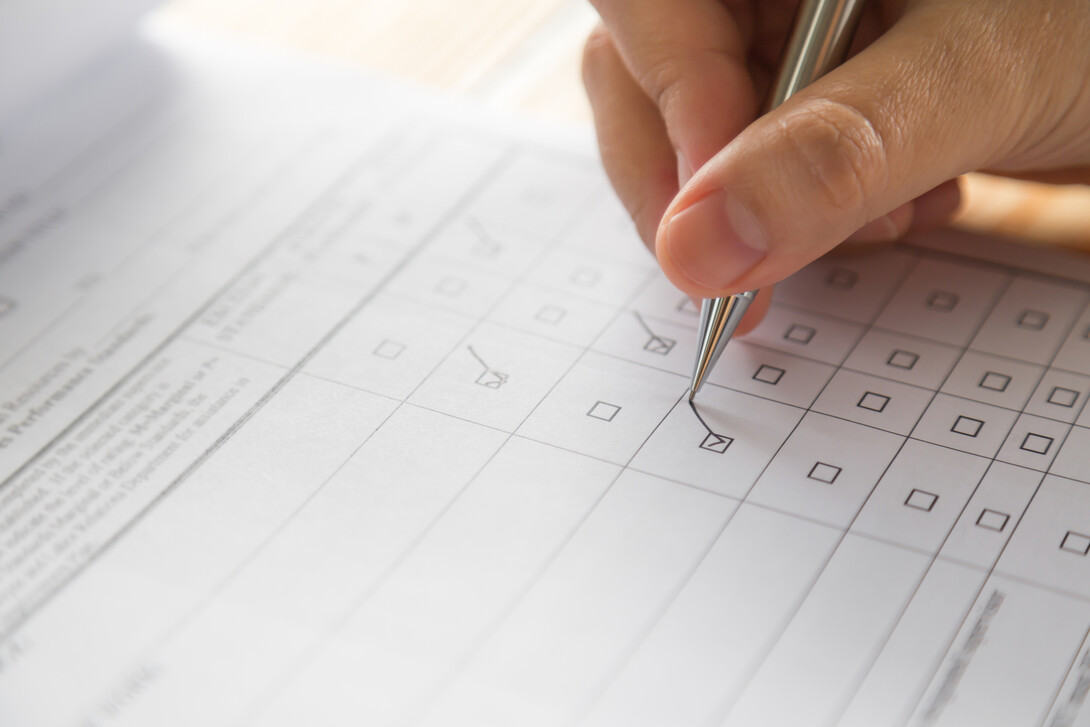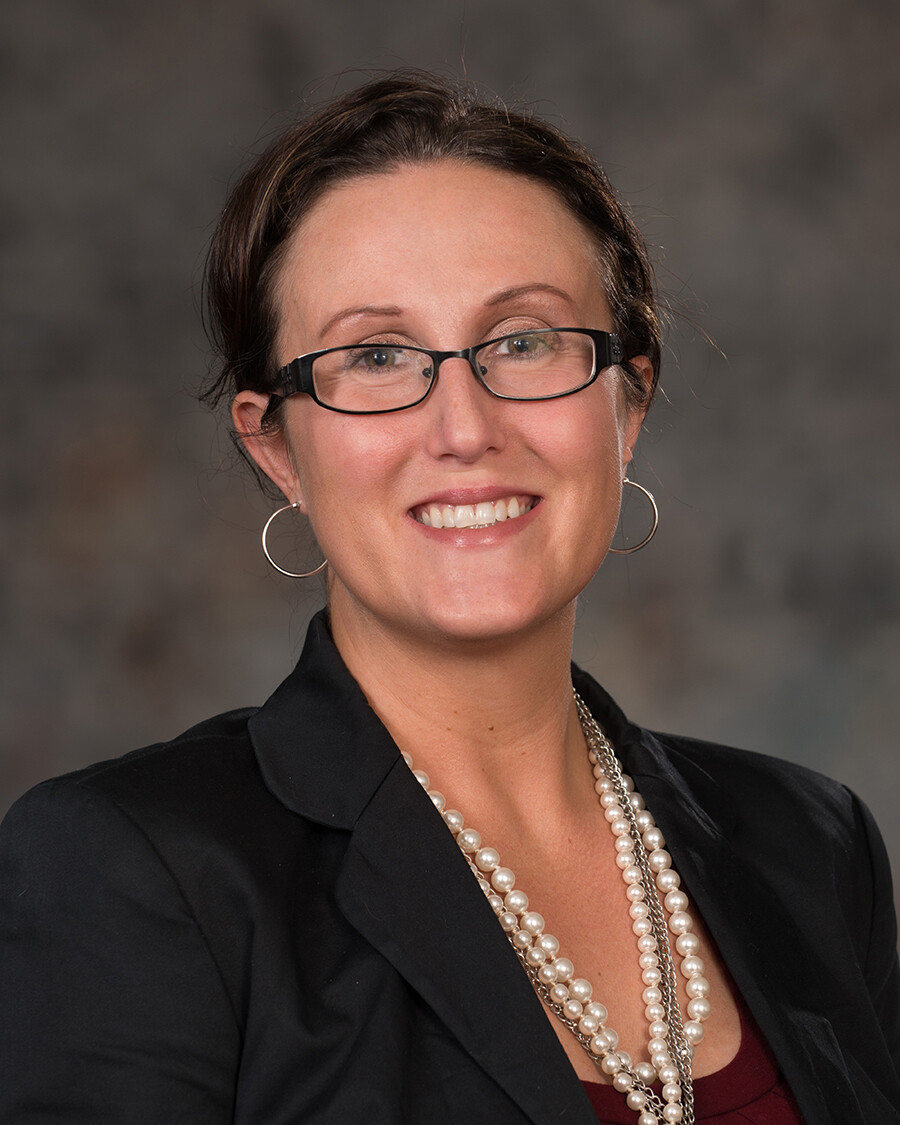
The University of Nebraska–Lincoln’s Bureau of Sociological Research has had something of a famine-to-feast experience through the COVID-19 pandemic, and leaders of BOSR said it became an opportune time to collect survey research data.
When the shutdown began in mid-March, Lindsey Witt-Swanson, BOSR’s associate director, said some operations were halted while the team moved to remote work.

But the mail-in surveys kept coming — and coming.
“When COVID hit, we already had some mail surveys out. Anecdotally, it felt like we were getting a lot more responses to mail surveys than we previously did,” Witt-Swanson said. “When we looked at the actual data, yes, we saw a substantial increase in response rates.”
Similar surveys in the past had a 25% response rate. That response rate jumped to 31% this past spring. The processing of so many extra surveys cost money, but the team tweaked its methodologies. Higher response rates meant that researchers saved money by sending out fewer follow-up surveys.
“Although response rates have come down some since people are no longer locked down, response rates are still higher than normal,” Witt-Swanson said. “We are taking this increase in response rates into account as we prepare for future mail surveys by balancing getting enough data for the researcher, but not so much that we have a budget issue.”
After establishing remote work options for the phone survey team, those completion rates ticked up, too, she said, which is saving taxpayer dollars.
“For example, interviewers calling on the Nebraska Behavioral Risk Factor Surveillance System (BRFSS) for the Nebraska Department of Health and Human Services are able to get a completed land line survey after only 2.72 contact attempts on average, compared to 4.21 attempts in 2019,” Witt-Swanson said. “Cell phone completes saw a similar decrease, needing only 2.27 contacts for a complete, compared to 3.13 in 2019. Fewer call attempts means that it takes fewer hours of work by interviewers in order to meet the State’s research production goals.
“We’re continuing to see those really high response rates and it’s clear, I think, that people want to talk to other human beings. In terms of predicting what will happen with current and future projects, we’re keeping a close eye on response rates because it is a fluid situation.”
In addition to moving to a remote work model and reworking methodologies, the BOSR team also helped cover research projects that had previously relied on in-person interviews.
“We were able to work with researchers who could no longer do in person recruitment to add questions onto an omnibus mail survey, the Nebraska Annual Social Indicators Survey (NASIS), that we conduct twice a year. This shift allowed the researchers to show their funders they were continuing the project despite COVID complications,” Witt-Swanson said.
Looking forward, BOSR is working with Nebraska researchers to look at life during COVID-19, with upcoming projects examining such topics as the work-life balance when working from home, attitudes toward local, state and national responses, and whether social circles have expanded or contracted through the pandemic.
“One project, specifically, is where sociologists are utilizing BOSR’s NebrASKa Voices probability-based panel to study the effects COVID is having on Nebraskans and their social networks. This project shows that Nebraskans are willing to talk about COVID, given that we hit a 57% response rate after only the first contact,” Witt-Swanson said.
Despite these obstacles caused by COVID-19, Witt-Swanson said BOSR researchers are excited to see what new research comes out of the pandemic and how the pandemic shapes survey response rates in the future.







